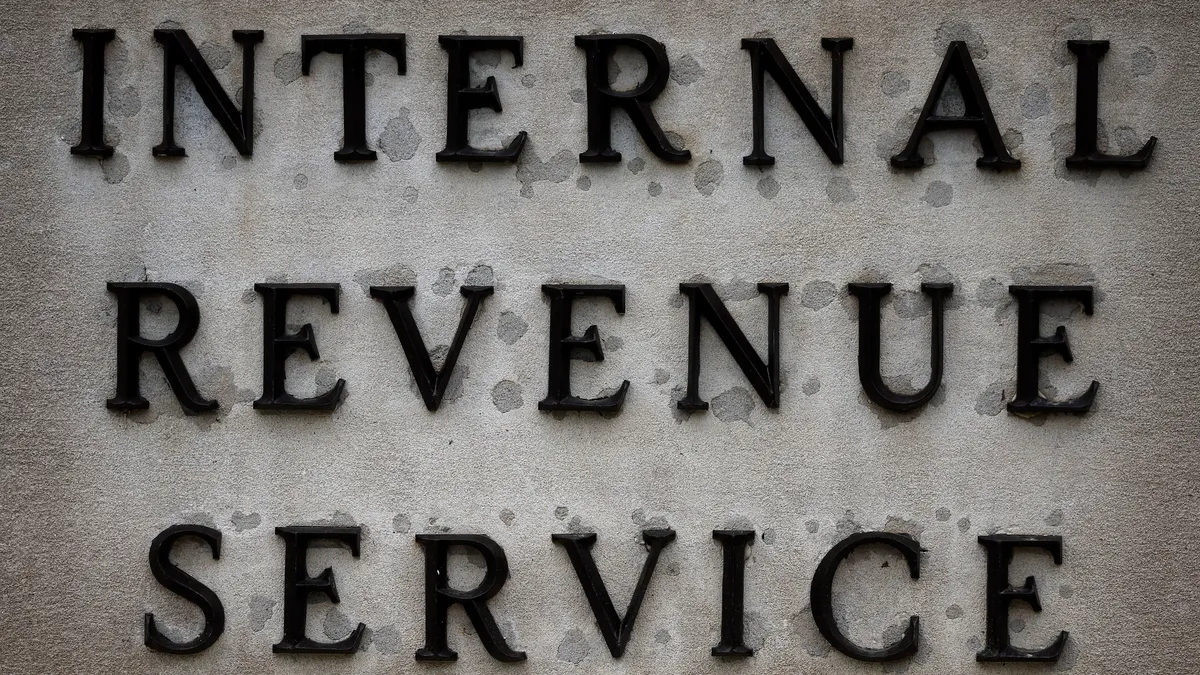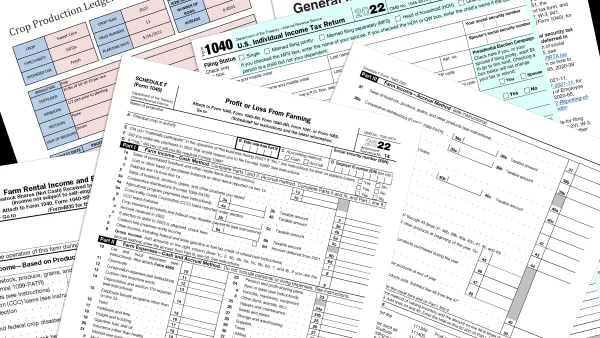The U.S. Small Business Administration is seeking to expand access to capital for entrepreneurs by relaxing the underwriting criteria and streamlining the process, but this move has sparked concerns about the larger risks these looser standards carry.
The new rules, approved in August and effective now, generally expand the availability of the small business loans and cut some of the requirements that companies must meet to qualify for them. On the lender side, the SBA made it so a wider variety of entities such as fintechs can now offer these government-guaranteed loans, which Ben Richmond, U.S. country manager for small business software company Xero, said will increase competition between lenders.
“That means you have more lenders entering the pool,” which should make [credit] more accessible to small businesses,” Richmond said, adding that the addition of fintech lenders may also introduce new process efficiencies.
Less collateral required
On the borrower side, one of the key changes is the SBA’s move to raise the threshold above which borrowers must put up collateral to back the new debt to $50,000 from $25,000. The SBA has also relaxed the application process by dispensing with the character determination process, eliminating the debt to worth ratio requirement, only requiring equity injections for loans of over $500,000, and allowing simplified underwriting for loans of up to $500,000, up from $350,000.
However, while the changes have made the loans easier to access, the loans themselves are largely the same between this year and last, according to Jane Palsgrove Butler, executive vice president with the National Association of Government Guaranteed Lenders.
For instance, there’s been no change to the maximum interest rate as an SBA loan’s rate is usually negotiated, though it cannot exceed SBA caps. Further, the typical term of the loan maturity has also remained at generally 10 years save for some real estate-related exceptions, and there’s been no change to loan maximums, which have held at about $5 million for a standard loan, Butler said in an interview. Those who own 20% or more of the business must also still provide personal guarantees, which can mean pledging their home as collateral for loans over $500,000 when the business assets cannot completely secure the loan.
Looser lending risks
The changes do come at a cost because they’re expanding credit access to borrowers who may have questionable credit profiles, some experts say.
“The SBA made a lot of changes, many of them quite significant. They addressed many different dimensions of the underwriting process, and which lenders are able to make loans,” Sabrina Howell, an associate professor of finance at New York University and a faculty researcher at the National Bureau of Economic Research said in an interview. This made it easier for small business owners to apply for a loan and reduced the underwriting burden for lenders but it also leads to “essentially, riskier loans,” she said.
It may not necessarily be a good thing that more businesses can access the loans, according to Josh Greenbaum, the founder and CEO of CFO Minded, a fractional CFO service firm that works primarily with small businesses.
“When it is easier to borrow, it can get more people in trouble…it also means there could be people taking on debt when they’re not prepared for it,” said Greenbaum, who is also the author of the book “Numbers Scare Me and Other Excuses.”
He noted that a lot of small businesses are already heavily in debt – many borrowed to weather the lockdowns during the pandemic, and then borrowed more to weather the harsh economy that followed. This was less of an issue when interest rates were low, but since they started rising, monthly payments have become punishing. Complicating matters is that many of these businesses turned to what he described as “sharky” lenders with unusually steep terms.
Avoiding predatory lenders
Tony Wilkinson, president and CEO of National Association of Government Guaranteed Lenders, was concerned too that lowering the underwriting standards too much might impact the solvency of the loan program itself. He has already heard of some loans being made with “questionable” terms that could raise the risk of loss and increase the program’s cost to borrower and lenders. The SBA loan program is self-funded currently, but if there are too many defaults he said this might be threatened.
“We don’t require appropriations from Congress and we want to keep it that way, but if losses start to mount, we’ve got a problem, so we’ve got to make sure this program is based on integrity and we’re financing borrowers with the ability to repay,” he said in an interview
Still, the SBA changes could mean fewer people will be turning to predatory lenders, Howell said. “The reason the SBA can make these loans at a better rate is they are government guaranteed and lenders are happy to give them because of that,” she said, though she added that the particulars will depend on a firm’s relationship to their specific bank.




















